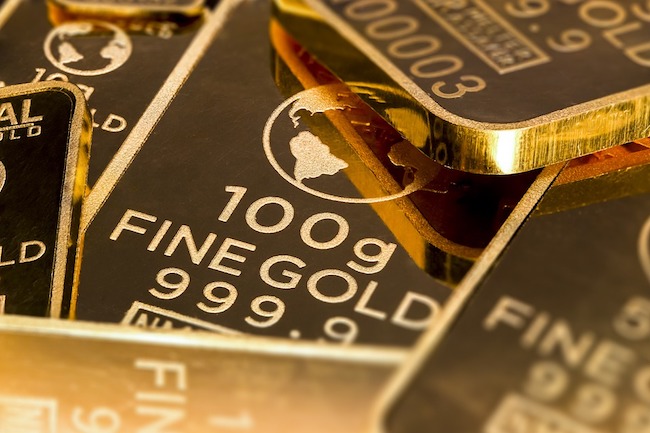Gold as Natural Money by James Turk via Mises
“The Earth speaks to us through the elements of nature. In every natural thing, we can find a hidden, powerful message.”
—Ralph Waldo Emerson
Every natural element with which the earth has been endowed has a usefulness—a purpose. If we listen to gold, its message is loud and clear—gold is money. To serve as natural money is gold’s highest purpose.
The advance of civilization demonstrates that nature throughout the ages, to our good fortune, has provided everything humanity needs to progress, including money. Few today, however, understand money as it has existed from prehistory and as it was perceived up until the dawn of the twentieth century. Since the commencement of the First World War in 1914, time-honored principles have been abandoned. Humanity has become enthralled with money substitutes like national currencies and, more recently, cryptocurrencies circulating in place of money, and people have subsequently lost sight of natural money itself.

Now is your chance to support Gospel News Network.
We love helping others and believe that’s one of the reasons we are chosen as Ambassadors of the Kingdom, to serve God’s children. We look to the Greatest Commandment as our Powering force.
Gold Is Natural Money
Although gold these days rarely circulates as currency because of government imposed restrictions and impediments, gold still retains all the features that explain why humanity in prehistory chose it to be money. Gold is natural money, or stated another way, nature’s money is gold, which is well illustrated by the following chart that presents the price of crude oil measured in four different currencies from a base of 100.
A gram or an ounce of gold buys essentially the same amount of crude oil today as it has at any time over the past seven decades. I have purposefully chosen oil because the energy it provides is essential to our standard of living.
Using gold to measure the price of other commodities has a similar result, but not the price of manufactured products. They tend to fall over time because advances in technology lead to increasing production efficiencies. An obvious example is computer chips, whose price has fallen dramatically in recent decades, yet which are still profitable to the companies that make and sell them.
Gold preserves purchasing power, which is one of the key requisites of money. As illustrated by the above chart, it is an outcome that no national currency can match.
Another requisite of money is the enablement of sound economic calculation, which is only possible when using a consistent, unchanging unit of account to measure prices over time. Gold serves this role perfectly because it is the only element in the known universe that is eternal and not subject to decay or degradation. A gram of gold today is identical to a gram of gold mined by the Romans.
Gold’s natural features that fulfil the two requisites of money stated above explain why gold is accumulated. Commodities are consumed and disappear, but because it is money, all the gold mined throughout history still exists in its aboveground stock, except for the inconsequential weight lost in shipwrecks and from coin abrasion.
The Gold Stock
A gold stock of 297 tons is estimated to have existed in 1492, when generally reliable record keeping of production and stocks began. That weight of gold when visualized comprises a cube of 4.3 feet (131cm) per side for a total of 79.5 cubic feet, which equals the volume of space encompassed by a small kitchen table. Today’s cube would just about slide under the arches of the Eiffel Tower.





